We asked several vendor executives a series of three questions related to their expectations and plans for 2014.
What new technologies are on your company’s road map for 2014?

Raul Villar, president, ADP AdvancedMD
AdvancedInsight is an all-new reporting suite, available this year from ADP AdvancedMD. Private and solo practices will be able to access big data and business intelligence, previously reserved for enterprise level systems, through AdvancedMD’s multi-tenant cloud. Private practitioners will be able to make the right financial decisions based on the right information at the right time with a 360-degree view of their practice’s financial health and key performance indicators.

Jim Hewitt, VP of solutions development, Allscripts
We are investing heavily in analytics, population health, and proactive patient engagement. You will also see new solutions around mobility for patients and providers, virtual patient visits, health and wellness, and genomics.
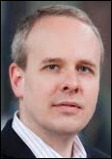
Todd Rothenhaus, MD, CMO, athenahealth
Well, the good news for us is that it’s no longer cool for CIOs to get their picture taken in front of a datacenter. Provider organizations at all levels are swiftly and confidently moving to the cloud and will continue to do so, because it’s the most open platform from which they can access and share information across health care, because it’s the most nimble platform to adapt to and meet the relentless pace of change for what’s required in health care, because its requires the least amount of capital expenditure and work to get up and running, and finally, because it’s from the cloud that innovation can most quickly grow and become available. Lucky for us, we’ve been there for the past 15 years.
At athenahealth we’ve nearly perfected the art of tracking claims and managing documents for physician practices across the US, we have the top rated patient portal in the country, the most usable EHR according to KLAS, and now we’re taking on bigger, thornier problems. We’re tackling population health and care coordination. Our focus is the leverage our national cloud network to provide clinical and financial visibility into the lifeblood of care, to help our clients (physician practices and health systems) to identify patients in need, to help with engagement and outreach, and to help manage and keep view into the whole care cycle. We want to manage the transitions of care and bridge the information gaps that currently exist. We know we can do this through our unique model of software, knowledge and work. This is our roadmap for 2014.
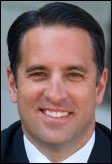
Albert Santalo, CEO, CareCloud
2014 is shaping up to host the most aggressive phase of product roll out in CareCloud’s history. We are launching significant expansions around our mobile offering in the coming months, as well a new billing rules product that will be provided to our revenue cycle clients at no additional charge. We feel the latter release will dramatically enhance our ability to drive results for clients across our revenue cycle management platform.
Lastly, given what is underway in the market, we will be making significant enhancements to our analytics offering. This will mean more flexible and ad hoc reporting, in addition to scorecards, dashboards and other important capabilities. We are also working to make reporting much faster and more scalable for our larger clients.
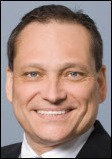
Stephen Ober, MD, chief medical officer, Emdeon
- Big Data analytics (numerous versions)
- Mobile technologies
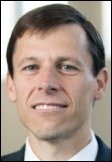
Patrick Hall, EVP of business development, e-MDs
e-MDs is launching a unique, patent-pending ICD-10 coding tool. The uniqueness is the approach being taken to help medical professionals derive the correct code. Many vendor tools are simply arriving at a selection of potential ICD-10 codes based upon publicly available and somewhat generalized mapping tools and which can spawn potentially hundreds of possible matches. These will slow down clinical and billing efficiency and raise costs and denial rates. The e-MDs’ approach focuses on natively deriving the ICD-10 code and provides an opportunity to solve the feared ICD-10 implementation nightmare.
e-MDs is also launching our Cloud Solutions true-SaaS, web-native EHR which has been extremely well received in pilot sites. Our Revenue Cycle Management service is also growing and will be able to accelerate even faster with the Cloud Solutions PM.
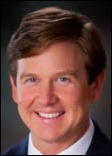
Tee Green, CEO, Greenway Medical Technologies
In late 2013, Greenway strengthened its position as an industry leader by bringing together three innovative solution providers — Greenway Medical Technologies, Vitera Healthcare Solutions, and SuccessEHS. As a result, we now serve a significant percentage of physicians nationwide through our highly integrated clinical, financial and administrative solutions. Thanks to the consolidation of our proven expertise, industry reach and resources, we can provide end-to-end solutions that prepare physicians for a future where electronification, consumerism, and population health are the key drivers of success. We are also investing resources at an industry-leading rate into research and development to build on the strength of our existing solutions. We also continue to focus on providing the ultimate in data liquidity through our interoperability engine, PrimeEXCHANGE. In fact, it is our aim to make this solution one of the largest health information exchanges in the country.
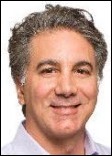
Tom Giannulli, MD, CMIO, Kareo
Kareo is continuing to expand the features of our EHR and practice management solutions all the time. The big challenge is balancing market-driven features with requirements like MU. I am most excited about the potential of new mobile technologies like Google Glass and the emergence of technology that allows for the use of virtual scribes within the small practice.
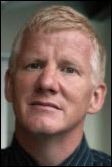
Nick van Terheyden, MD, CMIO, Nuance
We will continue to develop our Clinitegrity 360 suite of solutions and services – providing end-to-end clinical documentation that enables physicians to properly document care and be reimbursed, while working within their existing workflow without distraction from the patient and patient care. These offerings help clinicians capture detailed information that’s necessary for ICD-10, as well as population health management and quality reporting.
In addition, we will continue to advance our mobile speech and clinical language understanding solutions. With these, clinicians are able to document at the point of care – which keeps patient records up-to-date and eliminates hours of charting after each shift. In addition, we continue to partner with innovative companies who are driving change through mobile health – such as our recent partnership with Sharecare on the AskMD app that connects patients with providers helping them take an active role in managing their own care.

Irtaza Barlas, director of software engineering NueMD
New technologies on company’s road map:
a) Integrating wearable technologies (such as Google Glass) into the physicians’ encounter experience in a secure and hassle-free way. The main intent here is to help the physician interact with the patient and potentially use the capabilities of the Glass at the same time. And at all times still be connected to their Practice Management system (NueMD).
b) New claims-processing techniques to significantly reduce billing errors and rejections.
c) Developing tools to help billers and physicians communicate in a timely manner.

Chip Hart, director of strategic marketing/sales director, Physician’s Computer Company
Perhaps I’ll be the lone vendor to not try to overextend our position, but there isn’t some truly _new_ technology in our world that will be introduced in 2014. Every Asimovian prediction I can think of has already been played with by us (heck, we were doing remote EHR work on the Newton back in the 90s!), so it’s not really new. For PCC, it’s about improving the engagement with our clients and our clients’ clients on the various platforms they use to communicate.
I suppose one place where we are different is that our patient portal was designed for smartphones from the ground up. Our clients are pediatricians and the model we’ve designed to is the young mom, with a kid or two in tow, who wants to get signed up to get her kids records while in 30 seconds at the checkout window, not wait a few days for something to arrive in the mail and log into her PC. She may not HAVE a PC. So, we’ve got an extremely iPhone/Android friendly-app that patients can log into at the check out window.
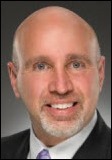
Michael Brozino, president and CEO, simplifyMD
simplifyMD will be upgrading their solution to offer a few enhancements to help physicians work more efficiently and productively, while complying with new and impending regulatory and industry changes. These features are:
- simplifyMD Charge Capture which streamlines the billing process with automated diagnosis and procedure codes that are generated during the clinical encounter and then pushed to the PM system or billing company for faster claims submittal and reimbursement.
- simplifyMD simpleForms that offers providers the flexibility to edit and update EHR forms on any desktop or mobile device as well as data capture capabilities to help physicians create highly detailed reports in only a few clicks.
- Enhanced Computerized Physician Order Entry built to help physicians meet Meaningful Use Stage 2 core objectives by electronically submitting lab, medication and radiology lab orders, including to vendors such as LabCorp, Quest Diagnostics and Solstas. Physicians will also have the capability to email or e-fax orders to any radiology center, imaging facility or specialty lab right from the simplifyMD EHR.

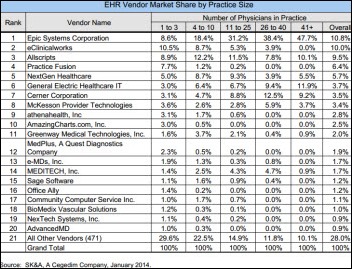

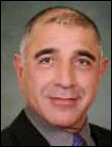





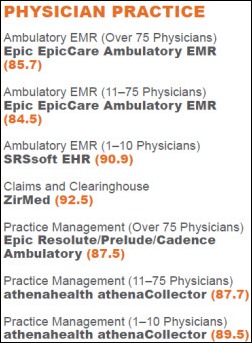
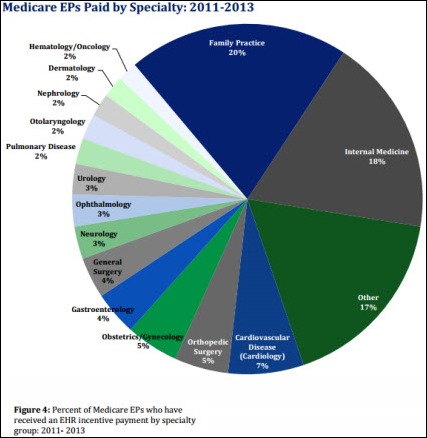

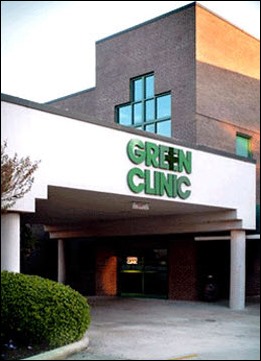
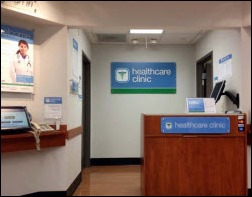


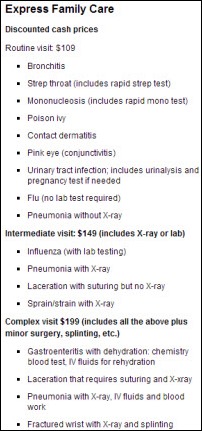
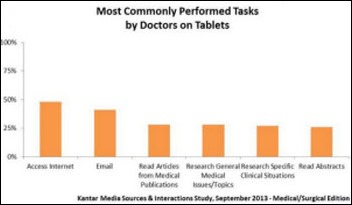
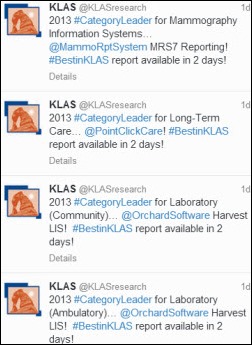


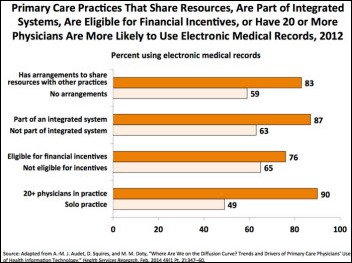
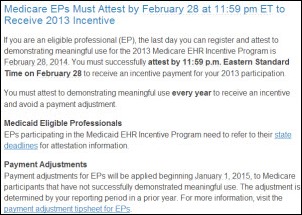













The article about Pediatric Associates in CA has a nugget with a potentially outsized impact: the implication that VFC vaccines…